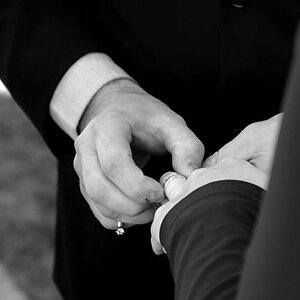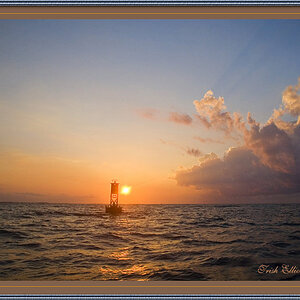Amphoteric
TPF Noob!
- Joined
- Oct 11, 2007
- Messages
- 44
- Reaction score
- 0
- Location
- Ohio
- Can others edit my Photos
- Photos OK to edit
Hello again,
Recently I tried to photograph a tunnel (or hallway, or forest, or anything "deep") and have found that I have lighting issues. Lets say that I want to take a picture of a hallway where infront of me the light is normal (not bright) and it fades going down the hallway. Any attempt at taking said photo results in either the whole picture being way too dark, or the front being nice while the rest drops into black. Can anyone assist me in discovering the best way to capture an environment like that? Thanks
Recently I tried to photograph a tunnel (or hallway, or forest, or anything "deep") and have found that I have lighting issues. Lets say that I want to take a picture of a hallway where infront of me the light is normal (not bright) and it fades going down the hallway. Any attempt at taking said photo results in either the whole picture being way too dark, or the front being nice while the rest drops into black. Can anyone assist me in discovering the best way to capture an environment like that? Thanks


![[No title]](/data/xfmg/thumbnail/40/40290-c6963a3e1b72b7543d1633356ec3fc9c.jpg?1619739409)
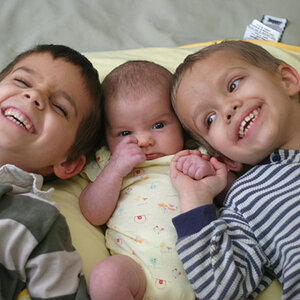
![[No title]](/data/xfmg/thumbnail/35/35665-6506470fd930bd101375a007d572615a.jpg?1619737089)
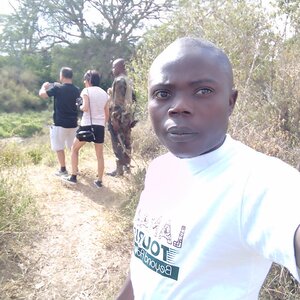
![[No title]](/data/xfmg/thumbnail/31/31094-f975d7e61424996edc28cec3b9dd70a8.jpg?1619734611)
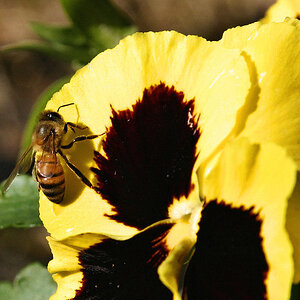
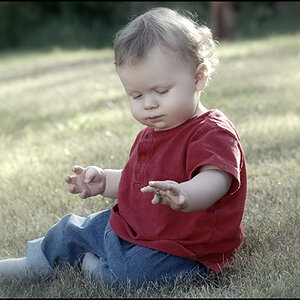
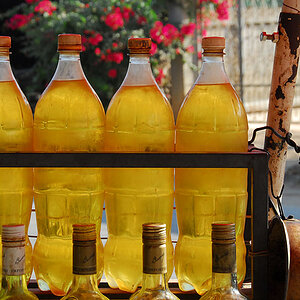
![[No title]](/data/xfmg/thumbnail/40/40291-922170cc27b31d44c3f7f3db9ac1d006.jpg?1619739409)
